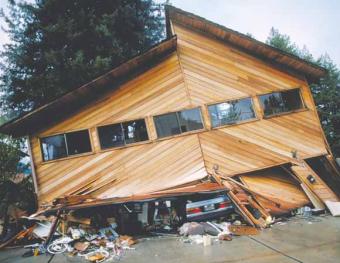
This activity opens by asking students to demonstrate how 'hard" they think the ground shakes during an earthquake. To quantify their demonstrations of ground shaking, students are introduced to a three-component accelerometer (iPhone, laptop or USB). Have a teacher lead discussion, and allow the students to explore what an accelerometer measures. Next, students reflect on their estimations of ground shaking and compare it to a classroom demo (shaking a table with things on it at various peak accelerations), video clips of a full-scale house on a shake table, and recordings from actual quakes. The activity concludes by making connections between peak ground accelerations and the concept of an earthquakes intensity.
Students will be able to:
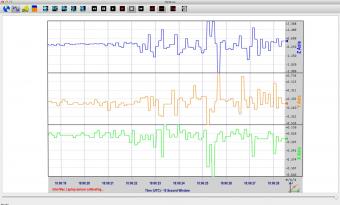
QCNLive is interactive software developed for hands-on education about Earthquake Seismology. There are several modules within QCNLive for learning about earthquake vibrations and where earthquakes occur. The software measures and plots real-time motions acquired from several types of internal and/or external Micro-Electro-Mechanical System (MEMS).
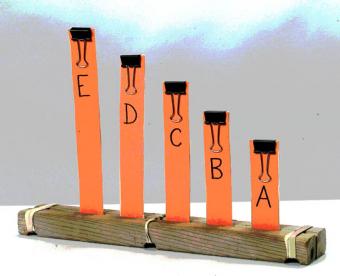
All buildings have a natural frequency of oscillation or resonance frequency. When seismic waves shake the ground beneath a building at its resonance frequency, the structure will begin to sway back and forth. This concept can be demonstrated in the classroom using the BOSS Model Lite as a discrepant event demonstration to engage students in earthquake-engineered buildings.
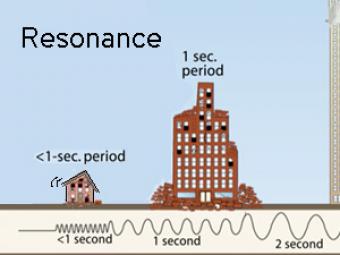
All buildings have a natural period, or resonance, which is the number of seconds it takes for the building to naturally vibrate back and forth. The ground also has a specific resonant frequency. Hard bedrock has higher frequencies softer sediments. If the period of ground motion matches the natural resonance of a building, it will undergo the largest oscillations possible and suffer the greatest damage.
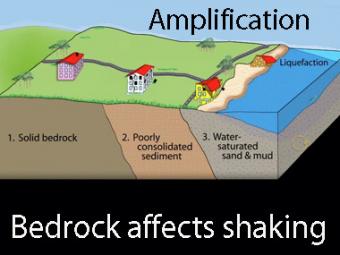
Highly generalized animation reflects the arrivals of P, S, and surface waves to 3 closely spaced buildings. Exaggerated movement of the buildings reflects the relative motion recorded by the seismograms.
We encourage the reuse and dissemination of the material on this site as long as attribution is retained. To this end the material on this site, unless otherwise noted, is offered under Creative Commons Attribution (CC BY 4.0) license